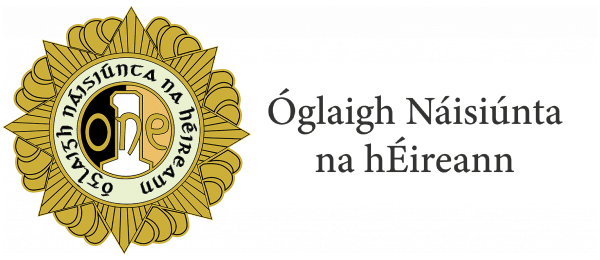The Department of Public Expenditure and Reform has just published new comprehensive guidance for public service bodies in relation to implementation of the 40-year pensions benefit cap under pre-2013 pension schemes. This follows from a DPER review into the operation of the benefit cap.
The details are on the DPER website – As you will see, there are two documents, the circular itself plus explanatory examples.
As indicated by DPER, the circular is directed primarily to HR and pension administration functions across the public service. However, it will of course also be of interest to retired and serving public servants – such as former Defence Forces personnel – whose pension benefits from their ‘second pension scheme’ may be affected by the 40-year benefit cap.
Just to briefly note some key points from the circular:
– In accordance with the legislation, the 40-year benefit cap applies to benefits earned or accrued under all pre-2013 public service pension schemes.
– As per para. 5, public service bodies are required to:
Take account of the new guidance for all current and future cases in respect of which the benefit cap potentially applies; and
re-examine all past cases arising since 28 July 2012, and to re-calculate pension entitlements, as appropriate, in accordance with the guidance. (Any such re-examination does not relate to pension benefits arising from the ‘first pension scheme’ e.g. Defence Forces – see below).
The DPER review concluded that the benefit cap on a person’s overall pension benefits across pre-2013 schemes – in terms of the ‘equivalent of 40 years’ – should in effect, be applied by establishing a financial limit on overall pension, and a separate financial limit on overall lump sum (gratuity) – see paras. 8 to 10.
First pension scheme – This will usually be the pension scheme applying to an individual’s earliest pensionable public service employment e.g. Defence Forces. It is assumed that the benefits under the first scheme will always be paid without any reduction resulting from application of the benefit cap.
For clarity, where there is already a retirement pension in payment from the first pension scheme e.g. Defence Forces, the 40-year benefit cap does not impact on that pension.
Second or current pension scheme – It is assumed for the purposes of this Circular that the individual is a member of two pre-2013 public service pension schemes, the ‘first scheme’ and ‘second’ or ‘current’ scheme. Where an individual has been a member of more than two such pension schemes, the ‘current’ (third) scheme is the one in respect of which pension benefits and the 40-year cap are now being calculated / applied by the person’s current employer – see para. 14, 16, 17. The application of the benefit cap methodology is shown in a range of worked examples.
Where the benefit cap has already been implemented for anyone who subsequently takes up a further pensionable public service employment, and is enrolled in a new pre-2013 pension scheme (i.e. a ‘third scheme’), it will be necessary for that public service body concerned to carry out a revised benefit cap calculation to ensure compliance with the 2012 Act (para. 21).
In relation to fast accrual pensions e.g. Defence Forces, specific guidance for the ‘second’ or ‘current’ pension scheme administrator when making definitive calculations in line with the benefit cap, is set out in paras. 22 – 25 and paras. 34 – 37 of the Circular, with associated worked examples.
Any dependants’ pensions that relate to the first pension scheme will continue to paid in full, in accordance with the rules of the relevant Spouses & Children’s scheme. The benefit cap will have no impact upon these pensions. Where an entitlement to S&C scheme benefits arises in respect of a second public service employment, these should be paid up to the limit of a spouses’ and children’s pension benefit cap – para. 40, 41.
The benefit cap does not impact on any military disability pensions or associated dependants’ pensions payable under the Army Pensions Acts – para. 44.
Department of Defence pensions staff will, insofar as they can, continue to assist military pensioners and their ‘second’ or ‘current’ public service employers in relation to clarification of any matters relating to PDF pension service and entitlements. This includes providing those employers, on request, with details of the person’s military pension and gratuity entitlements, the number of year’s pensionable service involved and any other relevant information that is required under Circular 13/2020 (para. 10, 11 etc).
However, Defence Forces pensioners who are currently working in a ‘pre-2013’ pensionable capacity with a different public service employer (i.e. second pension scheme) are advised, in the first instance, to contact that employer e.g. Health Service, Local Authority, Civil Service etc. about the possible implications of the 40-year limit in their specific case. Similarly, Defence Forces pensioners who have already retired since 28 July 2012 with a pension from their ‘second scheme’ employer are also advised to contact that public service body in that regard.



Copyright © 2024 Óglaigh Náisiúnta na hÉireann. Registered Charity Number 20044268 & CHY 13868. All Rights Reserved.